Knee Pain
Common knee complaints that chiropractors treat include:
Anterior Cruciate Ligament (ACL) Tear / Sprain | Meniscus Tear | Medial Collateral Ligament (MCL) tear/sprain | Chondromalacia Patella | ITB syndrome | Tendonitis | Osgood Schlatters | Bursitis
The knee is primarily a hinge joint for the lower limb, serving as leaver mechanism to allow efficient movement and shock absorption.
Knee pain can occur from direct trauma or repetitive use and can also be referred from other sources i.e. the hip or lower back. Poor mechanics or problems at the hip or ankle are often “off loaded” or compensated for at the knee. This often results in knee pain with the cause being above and/or below the knee. Chiropractic treatment encompasses both the treatment of the damaged or dysfunctional tissues but also looks at why the injury occurred in the first place. Typically a patient will receive hands on treatment to correct the altered movement in the knee and be guided in specific strengthening and conditioning programmes tailored to fit your individual lifestyle.
SYMPTOMS IN MORE DETAIL:
Pain: When sharp indicates inflammation, possibly of a tendon, bursa or ligament.
Ache: Commonly associated with muscular problems including tightness or overuse.
Restriction: If the joint(s) fail to move, compensatory strain is placed on the rest of the area. Restoring good mechanical function is important for the injury to heal.
Weakness: This can occur secondary to pain, trauma or nerve damage. It is often a more involved symptom and needs to be fully examined to determine the cause.
Swelling: This will often occur after a trauma, most commonly after a sprain of the area.
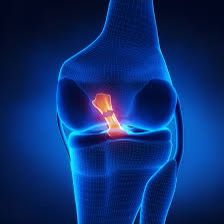
Traumatic onset: ACL tear/sprain
The Anterior Cruciate is in the middle of the knee. It prevents the shin bone from sliding out in front of the thigh bone, therefore injury often results in an unstable knee which can require surgical repair. Results from a direct blow to the knee from behind, or more often due to non-contact movements in sport such as rapid deceleration (jumping, running) or changes of direction. With these movements excessive stress can be placed on the anterior cruciate ligament causing a tear/ sprain. Pain occurs immediately and may be accompanied by swelling. With severe stress the ligament can rupture leaving the knee very unstable requiring surgical repair.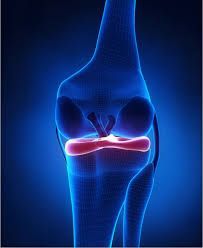
Meniscus tear
The menisci are two discs of cartilage between the femur and tibia at the knee joint which help the bone/joint surfaces to have a more exact fit. Small tears may heal well but large tears may require surgical intervention. Symptoms include pain, swelling and restriction and in more severe cases, joint locking or giving way.
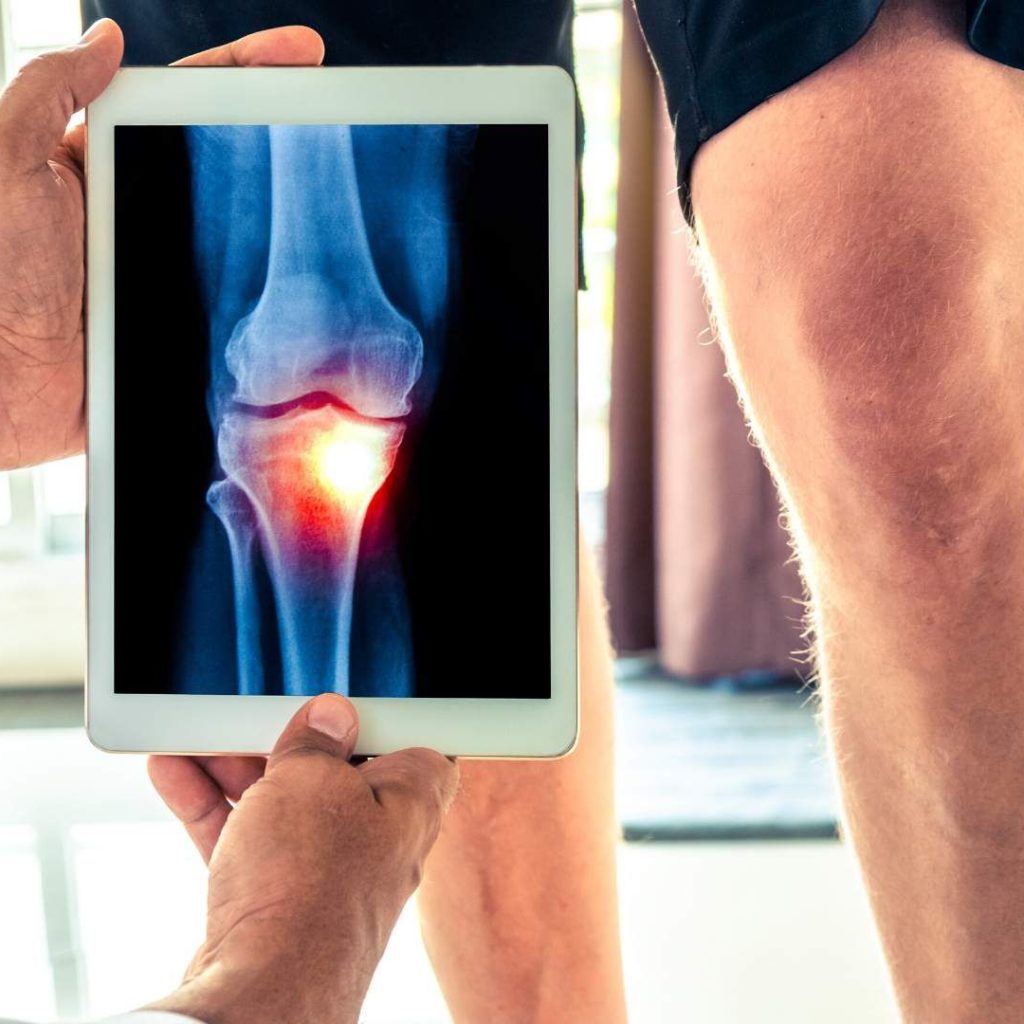
MCL tear/sprain
This occurs when force is placed on the outside of the knee forcing it to bend inwards, overstretching the ligaments to the inner aspect of the knee. Pain is the main symptom and may be accompanied by swelling and heat.
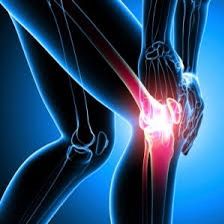
Non traumatic onset: Chondromalacia patella
The knee cap (patella) moves up and down at the front of the knee in a groove, protecting the joint and acting as a point of leverage for the quadriceps muscle. If the knee cap doesn’t run smoothly and correctly in this groove, the cartilage covering the back of the kneecap and become damaged leading to CMP. To correct this problem the cause of the bad patella movement, usually due to muscle imbalance around the knee, needs to be identified and resolved.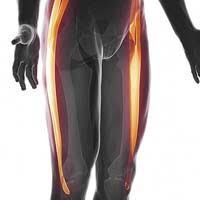
Iliotibial Band Syndrome (ITB)
Pain occurs at the outer aspect of the joint and may extend up the thigh. This is an overuse injury and occurs in particular with downhill running and cycling usually felt during activity. The pain is caused by excessive tension at the outer thigh, leading to friction at the outside of the knee.
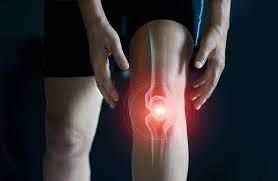
Osgood-Schlatters
Usually occurs in association with impact sports such as basketball or hurdling in young athletes, often during a growth spurt. Symptoms include pain and swelling below the kneecap.

Patellar Tendinopathy (Jumpers knee)
Occurs just below the knee as a result of repetitive injury to tendon of the knee cap (patella), more common in those 30 years and older. Felts a burning or sharp pain with activity or after prolonged sitting.
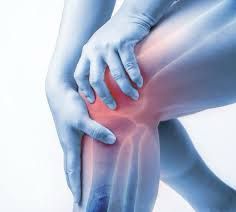
Bursitis
Bursas are protective fluid filled sacs that lie between tendons and the bones or joints they attach onto. With overuse, trauma or incorrect use, these can become inflamed producing localised pain and swelling.
